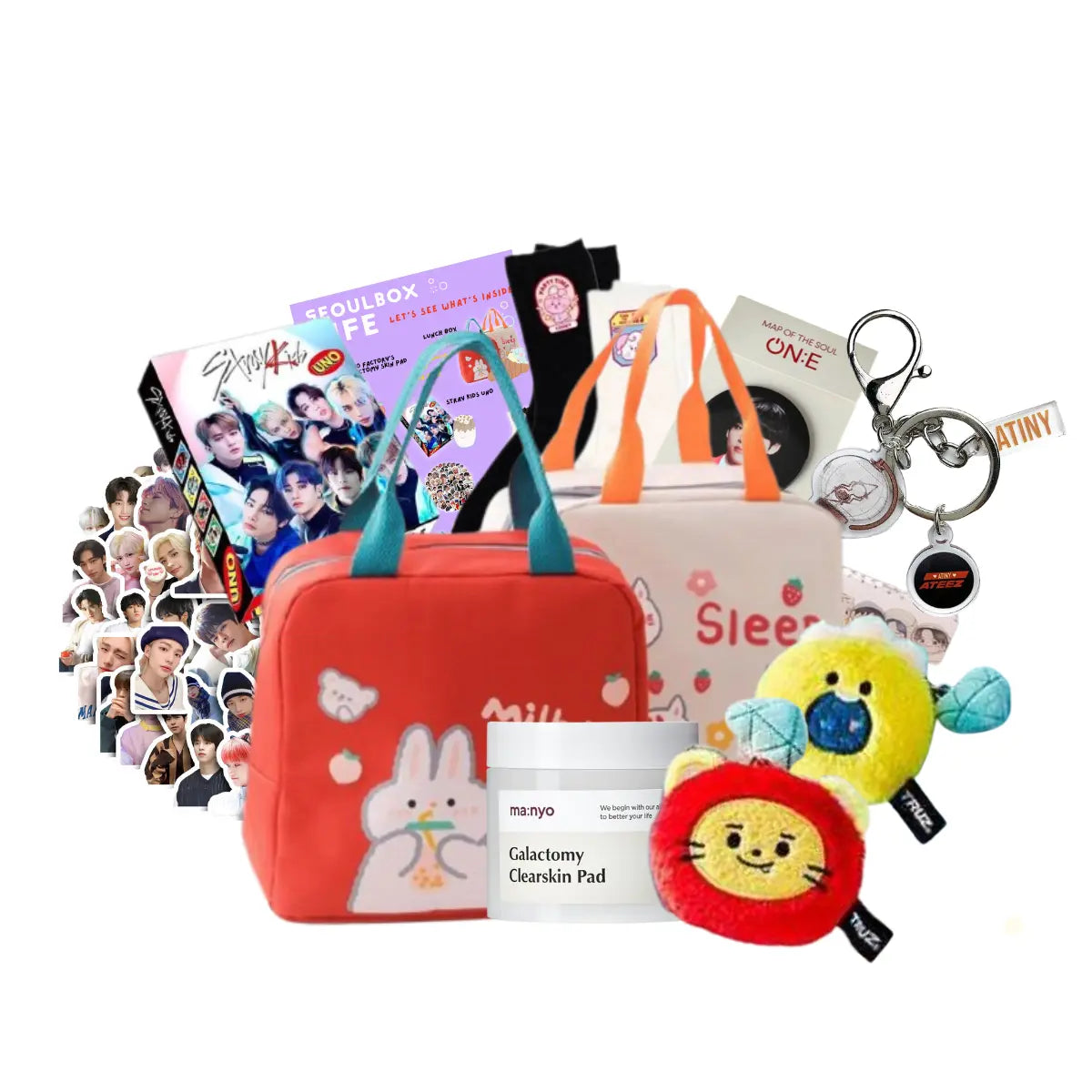Traditional Korean clothing has its roots extending back at least as far as the Three Kingdoms Period (57 B.C. - 668 A.D.), as evidenced by wall paintings in tombs dating from this period. The Korean Hanbok represents one of the most visible aspects of Korean culture.
The top part called a jeogori is blouse-like with long sleeves with the men's version being longer, stretching down to the waist. Women wear skirts (chima) while men wear baggy pants (paji). Commoners wore white, except during festivals and special occasions such as weddings. Clothes for the upper classes were made of bright colors and indicated the wearer's social status. Various accessories such as foot gear, jewelry, and headdresses or hair pins completed the outfit.
LET ME SHARE SOME DETAILED INFORMATION ABOUT TRADITIONAL CLOTHING :


1. CLOTHING MATERIAL
Because of the diverse weather conditions, clothes have been made from hemp, ramie, cotton muslin, silk, and satin. Cooler weather demanded heavier fabric, lined with fur in the northern regions, while summer clothes used thinner materials that allowed breezes to cool the body. In the autumn, many women would wear clothes of gossamer silk because it gave a rustling sound while walking that is similar to walking through dry leaves.

You can make your Hanbok design and sew it! Follow the video to get some ideas!
2. CHILDREN’S CLOTHING!
The clothes for the dol include a cheonbok (long blue vest) worn over a durumangi and a bokkeon (black hat with a long tail). Words and symbols related to children were sewn onto the fabric. Originally, the clothes were only for sons of the yangban class. Eventually, the custom and costume spread to other classes and included daughters as well, but with a different style of clothing.

3. MEN’S CLOTHING
Cheogori and Paji
Men's cheogori were generally longer than their women's counterparts, reaching down to the waist or even lower. Like the women's version, they are tied across the chest in front.
The earliest versions of the paji had narrow legs to facilitate horseback riding and hunting. However, a more agrarian society dictated wider legs to facilitate squatting in the fields. The baggier pants are also more comfortable for sitting on floors than narrower pants.

4. WOMEN’S CLOTHING
Chogori for females have changed over time more than those for males. The earliest versions went all the way to the hips and were tied at the waist. By the late Chosun Dynasty (1392-1910), they only went as far as the arm pits, with a longer front panel to cover the breasts. Dongchong (detachable paper collars) help accent the woman's neck. Like the men's version, they are tied across the chest in front with a bow.
The ch'ima is a rectangular or tubular skirt with a high, pleated waistband. It is tied above the breasts with long sashes. By flowing over the rest of the body, it completely hides the female shape, strongly influenced by the Confucian society. Like the wide-legged paji for males, the billowing ch'ima allows a great deal of freedom for squatting, the preferred position when doing most household chores.

5. OFFICIAL/COURT CLOTHING
People of higher statuses wore much more ornate and expensive clothes than the commoners did. Certain types of clothing and special colors were reserved only for those of the royal family. Certain symbols denoted various levels within the government hierarchy. (Note: Korea's monarchs have been called emperors or kings, depending on the strength of relations with China at the time. China's court did not tolerate any other sovereign calling himself emperor, so other rulers had to "demote" themselves to king during times of strong Chinese influence.)

6. CEREMONIAL CLOTHING
These clothes represent formal ceremonial clothes worn by females during the Chosun (1392-1910) Dynasty.
With marriage being one of the most important steps in ones life, the wedding ceremony has grown into a very formal and lavish ceremony, with bright, intricate clothes worn by the bride and groom. In addition to the clothes, they also wore ceremonial head gear. The groom wore a black hat, while the bride wore a veil covering her face until halfway through the ceremony. Additionally, she wore a long hair pin.

If you are a newbie to this clothing and want to try wearing one but have no idea how to put it on… do not worry I have a little guide here for you! Watch out the video below!!
Author l Bhagyashree






